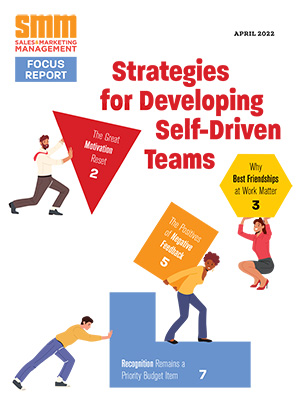Consumer brands dominate reports of how companies are using social media to market their brand, but that doesn’t mean they have the most to gain from it. In truth, with a smaller customer base and a higher price point, B2B companies have even more to benefit from using social for their business – but they must do it effectively, says Ben Green, a social media evangelist at Oktopost, providers of social media marketing ROI.
While B2B marketers can learn from their B2C counterparts’ successes and failures in the social world, it is important to keep key differences in mind. One of the biggest areas where the two differ is in the kind of content being created — and how it is presented, Green says. He offers these insights on the main differences between social content for B2B and B2C brands:
• Tone: B2C companies tend to be more casual. B2B marketers focus on more “professional” types of content that aim to educate and position themselves as industry experts. However, their tone varies from industry to industry.
• Goal: B2C companies, on social media, tend to share content that would be more promotion-oriented (a discount, email signup, special offer, etc.) in order to generate sales. B2B brands tend to share content that would funnel leads to their offers (i.e. whitepapers, ebooks) in order to generate lead information.
• Content Types: B2C posts tend to be quicker; B2B companies publish content that tends to be longer and take more of the reader’s time because they’re more education-oriented.
Where B2C companies use social media to reinforce brand and interact with customers, B2B companies mostly want to generate leads through social media. Green stresses that B2B social media users must recognize that social media leads require a more gentle follow-up.
“Free whitepapers or articles, special offer downloads or more information packets are examples of soft lead offers. Many of your social media followers have not taken any action that would portray they may buy,” he says. “It is your job to provide them the opportunity to take those actions. Social media campaigns should be designed in such a way that you are constantly convincing all of these potential leads that they can trust and believe in your brand. Even if they are not potential customers, when followers believe in the brand and are impressed with your company and concepts, they can potentially generate leads.”
Although B2B and B2C social content is very different, there is one key similarity that marketers should always remember: measure your results to find out what works for you. Measuring results will allow you to A/B test quite easily, Green points out. “One of the great aspects of social media is there is such an immense amount of variables to potentially change and experiment with; the A/B test combinations are endless. Different post topics, themes, structures, images, timing, and social platforms are just a few of the things you will be able to change and experiment with during your social lead nurturing strategy.”
Promotions, new product news and the opportunity to offer feedback are primary reasons why customers follow brands on social media.



